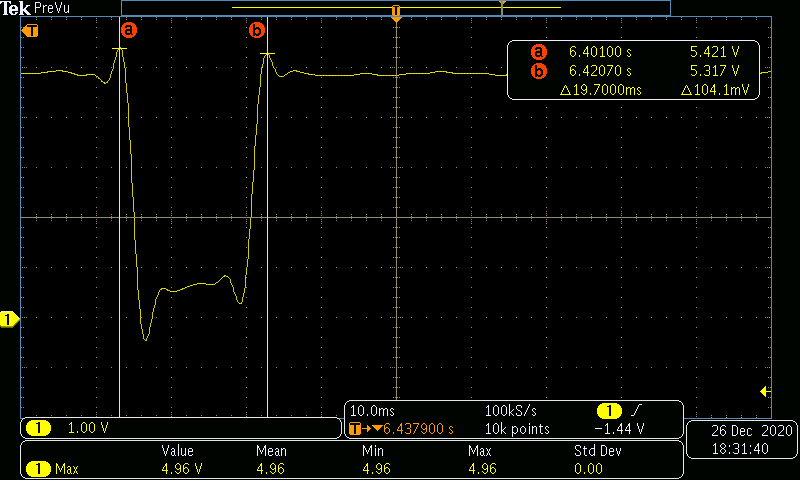Other Parts Discussed in Thread: TPS25982, TPS22959
Hi,
Attached is my current schematics for TPS53315. My Vin=12V, Vout=5V and Iout=12A.
I am currently facing power fluctuation issue during SATA HDD hotplug which has 5V connected to it. Can you please let me know what will be the IOCP fixed for RTRIP=68.1kohm. Considering the ITRIP=10uA and RDS=7mohm, i got IOCP=13.26A. Is the calculation correct.Design10.pdf



